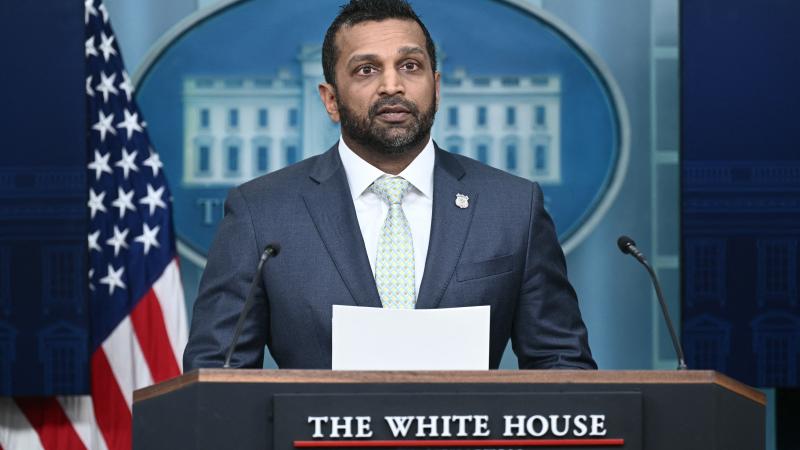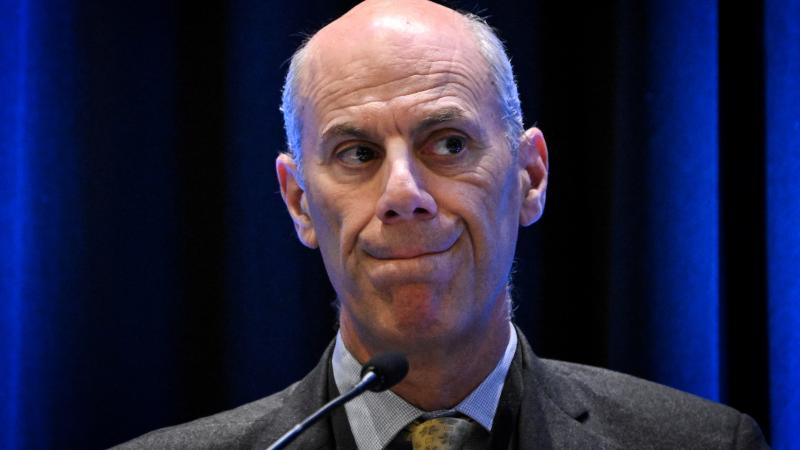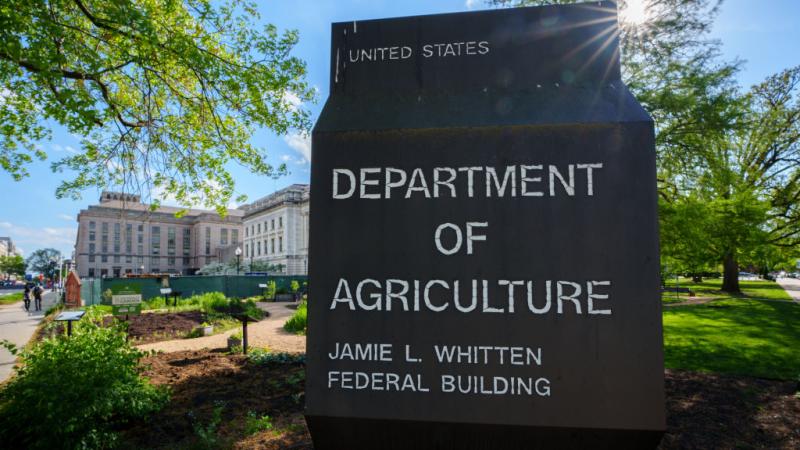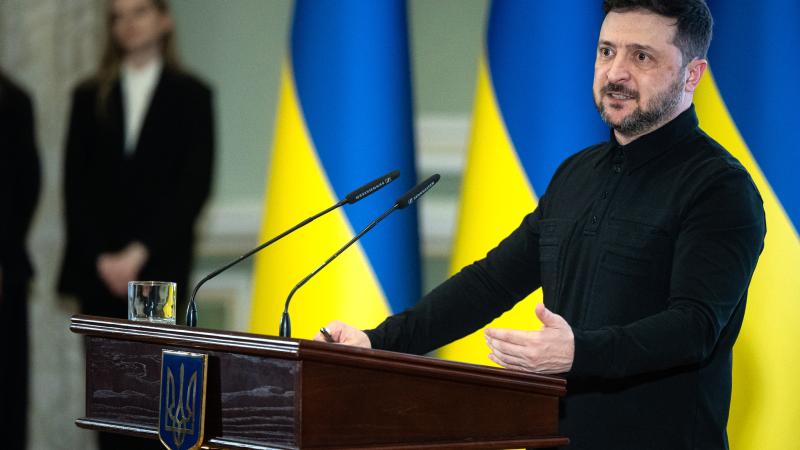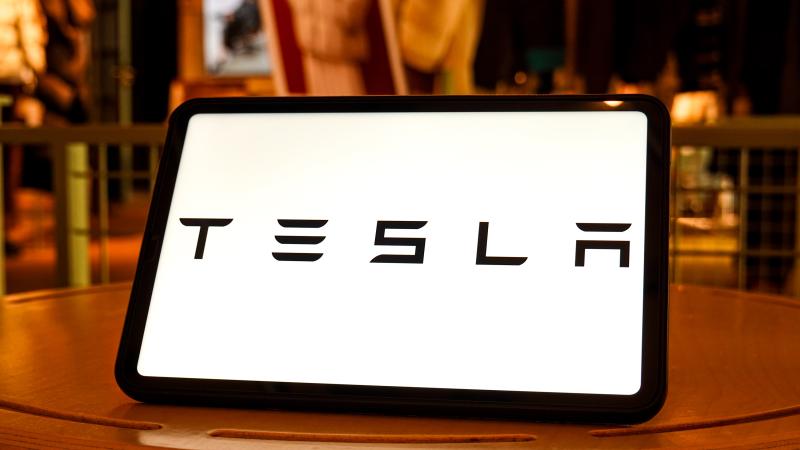'The Americans did this very well': Trump administration's vaccine effort wows the world
"Operation Warp Speed" developed vaccines in record time after months of public doubt.
When a French president offers public praise to the United States, it's bound to turn heads.
Emmanuel Macron, who several times publicly squabbled with former President Donald Trump over the course of Trump's presidency, openly expressed admiration of the Trump administration's Herculean efforts to develop, test, manufacture and distribute a coronavirus vaccine on a national and eventually global scale.
"The Americans did this very well," Macron told media in January. He confessed at that time that he was "very admiring" of the Trump administration's "extremely innovative model" of vaccine production.
That "innovative model" has led to an explosion in vaccine distribution. Pfizer — the manufacturer of one of two vaccines approved for use in the United States — has already distributed 65 million doses of their vaccine worldwide, and expects to be able to distribute up to two billion by the end of the year. Moderna, whose vaccine was also approved for use in the U.S., hopes to have a billion doses by the end of the year.
Vaccines from both companies have already been administered over 35,000,000 times in the U.S., according to CDC data. By contrast, the European Union — with a 35% larger population — had as of Friday reported roughly 12,750,000 doses administered, according to data compiled by the EU.
Macron himself last month admitted that the European Union was less equipped than Washington to mobilize such a logistical effort. The European Commission, he admitted, had been called upon "to do something that isn't within its competence," in contrast to the relative proficiency of the U.S. government.
Warp Speed was buoyed by billions of dollars in funding, the mobilization of large swaths of the federal government, a partnership with major drug companies, an aggressive development and trial schedule, and countless scientific workers, public health experts and civil servants, all in order to realize Trump's stated goal of a viable vaccine by December 2020.
That optimism was not widely shared at the outset of the project. Even some of Trump's closest pandemic advisers at the time were dubious. Anthony Fauci, who at the outset of the pandemic was a regular presence at the White House, intimated in April of last year that a successful vaccine program might take "a year to a year and a half" to come to fruition.
The Washington Post reported that same month on significant doubt among medical experts and Trump administration officials that the vaccine would be available by the end of the year. Peter Jay Hotez, the dean for the National School of Tropical Medicine at Baylor University's College of Medicine, told the paper that a "reasonable timeline" of vaccine rollout would be the "second half" of 2021, the Post reported.
The first non-trial COVID vaccine injection was administered in the U.S. in mid-December, five months ahead of Fauci's more optimistic timeline and nearly a year ahead of his more pessimistic estimate. Never has a vaccine been proposed, developed, tested and deployed in so short a time. The quickest vaccine ever developed was the mumps vaccine, which took four years. The coronavirus vaccine was approved for use in less than a year.
That rapid rollout has left some skeptical of the potential long-term effects of the vaccine, as have (not unexpected) reports of hundreds of deaths following administration of the medicine. Compounding concerns has been the relative novelty of the vaccines: Both Pfizer and Moderna's vaccines are mRNA-based, the first of their kind to be approved for general use.
Public health officials have at times struggled to convince many members of the public to undergo a vaccine injection. In particular, a surprisingly high percentage of healthcare workers have been vaccine-hesitant, leading administrators to at times offer incentives such as gift certificates for workers who submit to the vaccine.
Still, the U.S. has managed to vaccinate more than 10% of its population in just about six weeks, a number which will likely grow exponentially as supply chains solidify and production ramps up.
National data show U.S. daily cases of COVID from the most recent wave peaked around Jan. 9 and have been declining sharply ever since; hospitalizations have also been declining sharply during that time, while deaths have been largely flat since mid-January.




